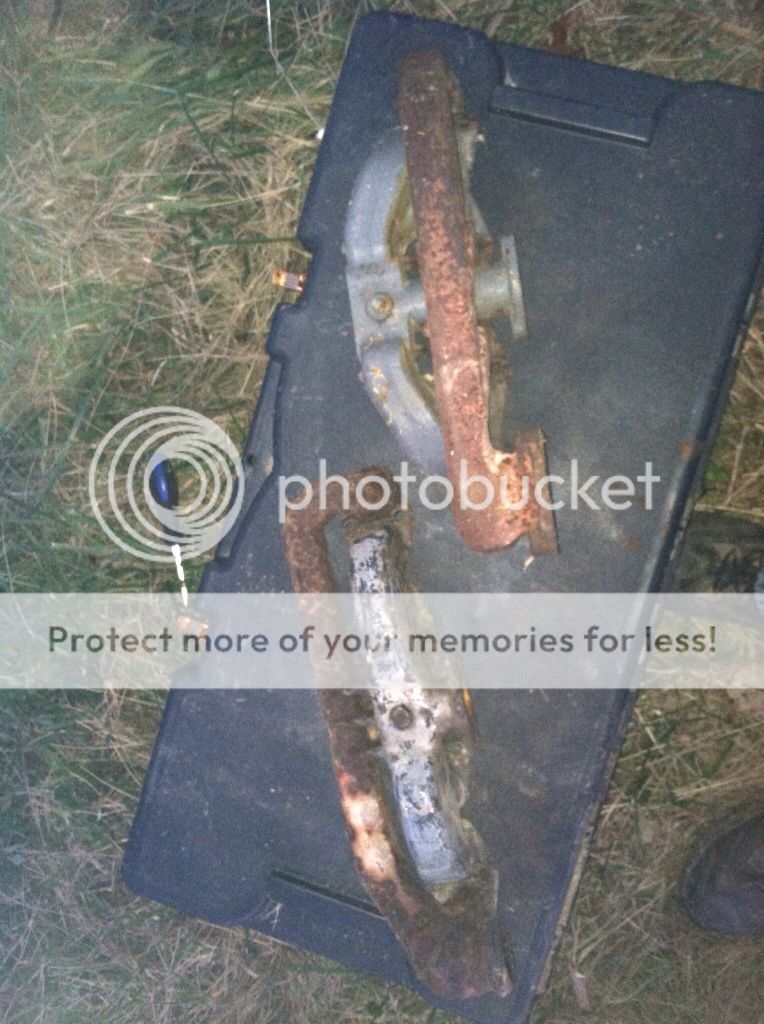I"ve got two extra intake manifolds laying around. One original and one aftermarket. I had them laying next to each other and noticed there is quite a bit of difference between the two. The opening where the carb bolts on is quite a bit bigger on the aftermarket manifold than the original one. The ports are also bigger on the aftermarket one than the original. From my observations the aftermarket manifolds will reduce the low end torque on a TO-20. They key to building low end torque is small ports which keeps up velocity in the air/fuel charge. The aftermarket one will hurt the low end performance on the smaller cubic inch Z120 engine. The aftermarket manifold would be ok on a Z129 or Z134 engine because of their increased displacement and better breathing because of their larger intake valve. I am going to measure tomorrow and give you all some numbers. Also by the design the aftermarket manifold will cause the exhaust to be louder than the originals.
- Thread starter Jason S.
- Start date
Similar threads
We sell tractor parts! We have the parts you need to repair your tractor - the right parts. Our low prices and years of research make us your best choice when you need parts. Shop Online Today.
Copyright © 1997-2024 Yesterday's Tractor Co.
All Rights Reserved. Reproduction of any part of this website, including design and content, without written permission is strictly prohibited. Trade Marks and Trade Names contained and used in this Website are those of others, and are used in this Website in a descriptive sense to refer to the products of others. Use of this Web site constitutes acceptance of our User Agreement and Privacy Policy TRADEMARK DISCLAIMER: Tradenames and Trademarks referred to within Yesterday's Tractor Co. products and within the Yesterday's Tractor Co. websites are the property of their respective trademark holders. None of these trademark holders are affiliated with Yesterday's Tractor Co., our products, or our website nor are we sponsored by them. John Deere and its logos are the registered trademarks of the John Deere Corporation. Agco, Agco Allis, White, Massey Ferguson and their logos are the registered trademarks of AGCO Corporation. Case, Case-IH, Farmall, International Harvester, New Holland and their logos are registered trademarks of CNH Global N.V.
Yesterday's Tractors - Antique Tractor Headquarters
Website Accessibility Policy


